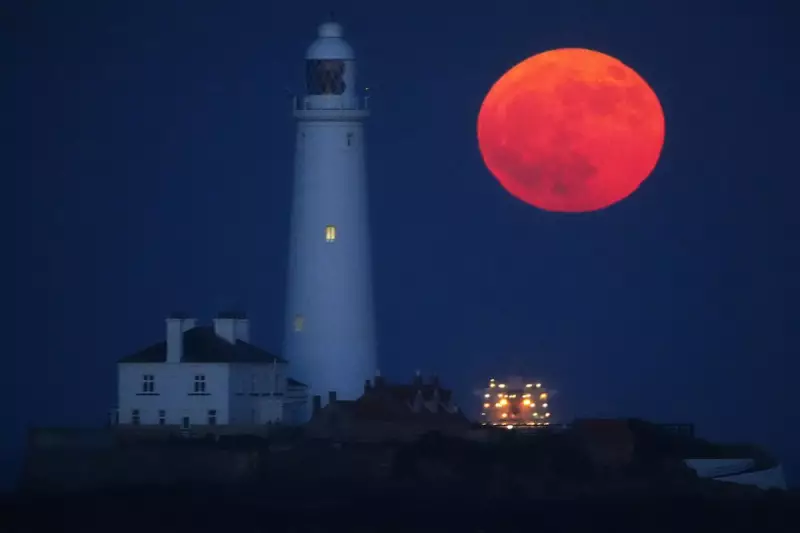
The iconic Royal Observatory Greenwich, home of Greenwich Mean Time and the prime meridian, has captured breathtaking images of a rare supermoon phenomenon gracing the skies above Wales. This celestial spectacle provided a dramatic display for skygazers across Britain.
A Historic Institution Captures Modern Wonder
Astronomers at the world-renowned Royal Observatory documented the stunning supermoon as it rose majestically over the Welsh landscape. The observatory, founded in 1675 by King Charles II, continues its legacy of astronomical observation by capturing these remarkable celestial events for public enjoyment and scientific record.
What Makes a Supermoon Special?
A supermoon occurs when the moon's elliptical orbit brings it closest to Earth while simultaneously being in its full phase. This creates the appearance of a larger, brighter moon that can appear up to 14% bigger and 30% brighter than when it's at its farthest point from our planet.
The Met Office confirmed that weather conditions across much of England and Wales provided excellent viewing opportunities for this astronomical event. Clear skies allowed both professional astronomers and amateur stargazers to witness the spectacle without significant cloud obstruction.
Britain's Rich Astronomical Heritage
The Royal Observatory Greenwich has played a pivotal role in British astronomy and navigation for nearly 350 years. Its continued documentation of celestial events like this supermoon demonstrates how historic scientific institutions remain relevant in modern astronomical observation and public engagement with science.
While the supermoon has now passed, the Royal Observatory continues to monitor celestial events and share its findings with the public, maintaining Britain's position at the forefront of astronomical research and public science education.




